On Monday, Toys "R" Us announced that it had partnered with an ad agency called Native Foreign to create what it calls "the first-ever brand film using OpenAI's new text-to-video tool, Sora." OpenAI debuted Sora in February, but the video synthesis tool has not yet become available to the public. The brand film tells the story of Toys "R" Us founder Charles Lazarus using AI-generated video clips.
"We are thrilled to partner with Native Foreign to push the boundaries of Sora, a groundbreaking new technology from OpenAI that's gaining global attention," wrote Toys "R" Us on its website. "Sora can create up to one-minute-long videos featuring realistic scenes and multiple characters, all generated from text instruction. Imagine the excitement of creating a young Charles Lazarus, the founder of Toys "R" Us, and envisioning his dreams for our iconic brand and beloved mascot Geoffrey the Giraffe in the early 1930s."
The company says that The Origin of Toys "R" Us commercial was co-produced by Toys "R" Us Studios President Kim Miller Olko as executive producer and Native Foreign's Nik Kleverov as director. "Charles Lazarus was a visionary ahead of his time, and we wanted to honor his legacy with a spot using the most cutting-edge technology available," Miller Olko said in a statement.
In the video, we see a child version of Lazarus, presumably generated using Sora, falling asleep and having a dream that he is flying through a land of toys. Along the way, he meets Geoffery, the store's mascot, who hands the child a small red car.


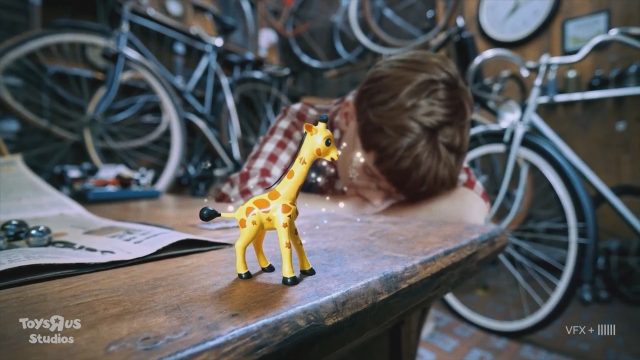
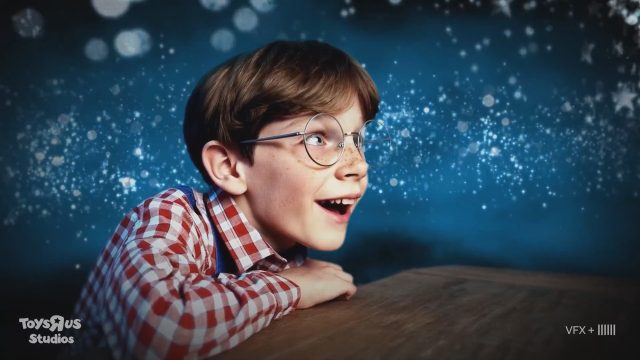


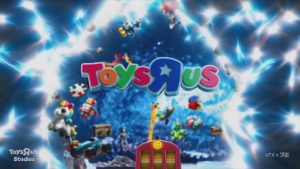
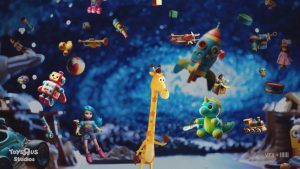


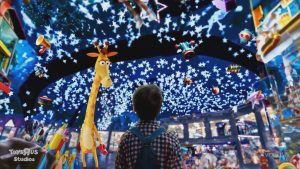
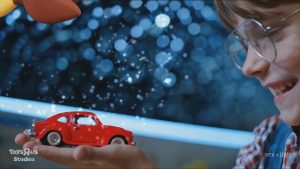



 Loading comments...
Loading comments...
